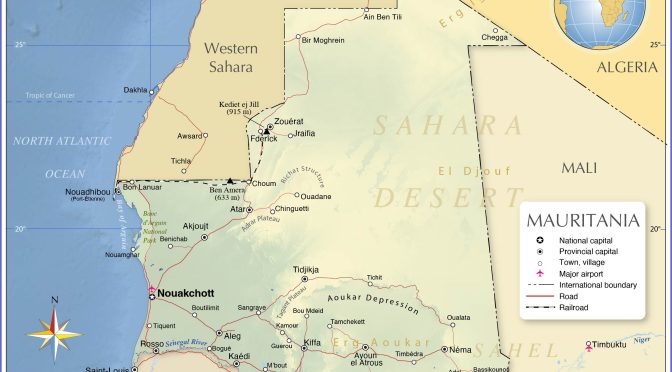Mauritania, a vast and sparsely populated country in West Africa, is endowed with abundant natural resources and renewable energy potential. The country has been taking significant steps in recent years to strengthen its energy infrastructure and promote sustainable development. The Mauritanian government has recognized the importance of harnessing renewable energy sources to meet the growing demand for electricity, reduce reliance on fossil fuels, and combat climate change. In this regard, Mauritania has been actively exploring various sources of renewable energy, including solar, wind and hydropower, to diversify its energy mix and ensure a sustainable future for its citizens.
Solar power is one of the most promising renewable energy sources for Mauritania, given the country’s high levels of solar radiation and vast desert areas. The government has been implementing several solar energy projects to capitalize on this potential and increase the share of solar energy in the national energy matrix. One such project is the 15 MW Sheikh Zayed Solar Power Plant, which opened in 2013 and is the largest solar power plant in West Africa. This project has not only helped reduce the country’s reliance on expensive diesel generators, but has also contributed to the creation of green jobs and the development of local expertise in the renewable energy sector.
Wind power is another viable option for Mauritania, particularly in coastal regions where wind speeds are consistently high. The country’s first large-scale wind farm, the 30 MW Nouakchott Wind Farm came online in 2018 and has since provided clean and affordable electricity to thousands of homes in the capital city. This project has demonstrated the technical and economic feasibility of wind power in Mauritania and has paved the way for future investment in this sector. Currently, the government plans to develop additional wind farms along the coast to harness the country’s huge wind power potential and reduce its reliance on imported fossil fuels.
Hydropower is another source of renewable energy that Mauritania wants to tap, particularly in the Senegal River Basin, which is shared with neighboring Senegal and Mali. The construction of the Gouina hydroelectric dam, a joint project between Mauritania and Mali, is currently underway and is expected to have an installed capacity of 140 MW upon completion. This project will not only contribute to the diversification of Mauritania’s energy matrix, but will also promote regional integration and cooperation in the West African electricity sector.
In addition to these renewable energy projects, the Mauritanian government has been implementing various policy measures and regulatory reforms to create an enabling environment for the growth of the renewable energy sector. The country has adopted a National Renewable Energy Action Plan, which sets ambitious targets for the development of renewable energy sources and aims to increase their share in the national energy matrix to 41% by 2030. The government has also established an agency dedicated to the promotion of renewable energy and energy efficiency, which is responsible for the implementation of various capacity building and awareness initiatives in this area.
The efforts made by Mauritania to strengthen its energy infrastructure and explore renewable energy sources are commendable and serve as a model for other countries in the region. By harnessing its abundant renewable energy potential, Mauritania can not only ensure a sustainable future for its citizens, but also contribute to global efforts to combat climate change and promote a greener and more inclusive global economy. As the country continues to invest in renewable energy projects and implement supportive policy measures, it is well on its way to becoming a regional leader in sustainable development and a shining example of the transformative power of renewable energy.


